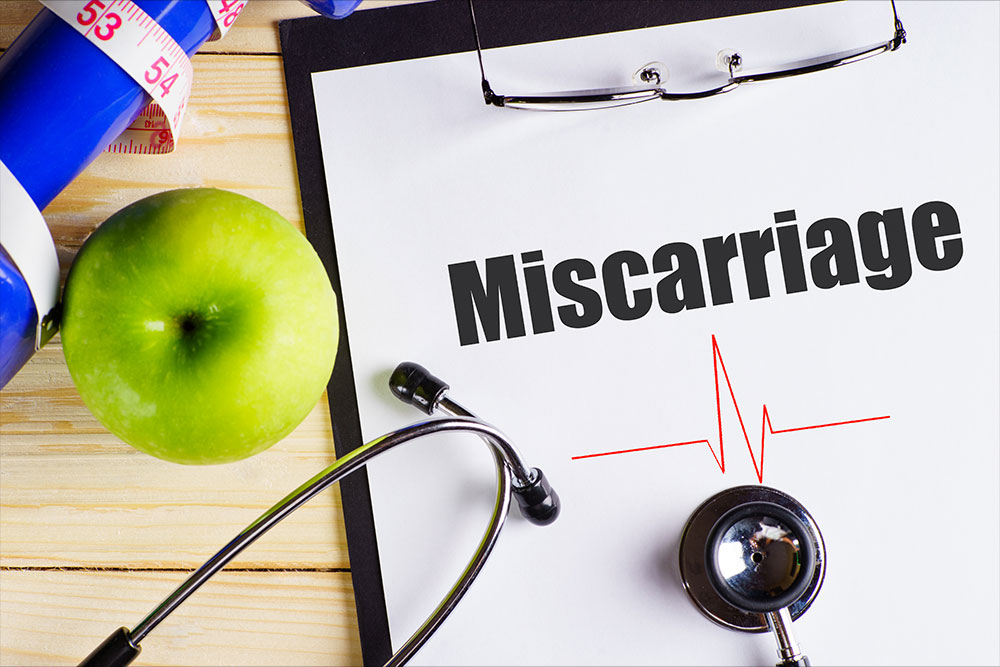
Employees in England, Scotland and Wales are now entitled to Neonatal Care Leave and Pay.
If a newborn needs medical care in the first 28 days after birth, employed parents can take up to 12 weeks away from work. Some will also qualify for statutory pay during this time.
If you’re an employer, this guide explains these new rights and exactly when they apply.
Key Takeaways: Neonatal Care Leave and Pay
- From April 2025, eligible parents can take up to 12 weeks’ Neonatal Care Leave. This is a right from the first day of employment.
- Statutory Neonatal Care Pay is available once the employee has at least 26 weeks’ continuous service and meets the minimum earnings threshold (£125 per week).
- “Neonatal care” in this context means a hospital stay of at least 7 consecutive days while the newborn is within 28 days of birth.
- Neonatal Care Leave is in addition to other existing parental leave (maternity, paternity, adoption, shared parental).
- Both parents are entitled to the full leave amount independently, even if they work for the same employer.
What Is Neonatal Care Leave?
Neonatal Care Leave is a new statutory right for parents whose newborn needs specialist medical care soon after birth.
It applies when a baby stays in hospital or another medical facility for at least 7 consecutive days within the first 28 days of life.
Eligible parents can take up to 12 weeks’ leave for a child who meets these criteria.
This leave is in addition to other parental entitlements such as maternity, paternity, or shared parental leave. It can be taken by both parents at the same time, even if they share an employer.
It’s hoped this legal change will alleviate some of the intense stress parents feel when their newborn needs immediate care.
Health and Safety Courses
Our health and safety courses support legal compliance and effective risk management. They raise awareness of common workplace hazards and teach the fundamentals of safe working.
Who Is Eligible for Leave?
Neonatal Care Leave is now a statutory right from an employee’s first day at work. Regardless of length of service, your employees are entitled to time off if their newborn needs neonatal care for seven consecutive days or more.
This right applies to more than just birth parents. It also includes:
- Adoptive parents
- Intended parents (e.g. through surrogacy)
- Partners of the child’s mother (including same-sex partners) who will assume parental responsibility
Who Is Eligible for Pay?
Your employees who qualify for Neonatal Care Leave may also be eligible for Statutory Neonatal Care Pay (SNCP). However, there are additional requirements.
To qualify for SNCP, your employee must have completed 26 weeks’ continuous service by the end of the relevant “qualifying week”.
The qualifying week is the 15th week before the baby’s due week, or the week before the baby enters neonatal care
The employee must also earn an average of at least £125 per week before tax.
What Employees Are Entitled To
Here’s an overview of what you need to provide qualifying employees.
Statutory Neonatal Care Leave
You must allow up to 12 weeks of neonatal care leave.
Both parents can take the full allowance at the same time, and it does not take away from other types of statutory family-related leave (e.g., maternity, paternity).
For example, if a newborn enters neonatal care while the mother is on maternity leave, she can take her full maternity leave and the neonatal care leave afterwards.
This gives parents extra time with their child at home that they otherwise would’ve missed out on.
Similarly, if a baby is discharged and later re-admitted to neonatal care within 68 days of birth, the entitlement still applies with conditions:
- The time already spent in neonatal care from the first admission counts toward the total
- Any unused portion of the 12‑week entitlement can still be taken after the second admission
Statutory Neonatal Care Pay
Pay is due for each week of neonatal care leave taken, up to the 12 week limit. It’s paid at the statutory rate (£187.18 per week in 2025) or 90% of the employee’s average weekly earnings, whichever is lower.
This pay is in addition to any other parental pay entitlements the employee may have, and can be reclaimed from HMRC under the same rules as other statutory payments.
Can You Refuse This Leave?
No. Neonatal Care Leave is a statutory right.
You must allow your employees to take it, provided they’re eligible.
If an employee can prove they were treated unfavourably or dismissed because they received Neonatal Care Leave or Pay, they can take their case to an employment tribunal.
Are Employees’ Roles Protected While Taking This Leave?
Yes. Employees have the right to return to the same job after taking Neonatal Care Leave.
However, if the leave is combined with other statutory family leave and lasts more than 26 weeks, you may be able to offer a suitable alternative role.
This alternative role must be on the same terms and conditions, and can only be offered if it’s not reasonably practicable for the employee to return to their original role.
What Must Employees Do?
Employees must give you notice if they intend to take Neonatal Care Leave or claim Statutory Neonatal Care Pay.
The exact rules vary depending on whether the leave is taken while the baby is still in care (Tier 1) or after discharge (Tier 2), but in all cases the notice must:
- Be in writing
- State the expected dates of the leave
- Confirm that their child meets the qualifying criteria for neonatal care leave
Notice for Tier 1 Leave
If leave is to be taken while the baby is in care or within one week after discharge, the employee should give you notice as soon as reasonably practicable.
In urgent situations, this may be after the leave has started, but they must inform you without unnecessary delay.
Notice for Tier 2 Leave
If the employee plans to take any remaining entitlement after Tier 1 (in a single block), they must normally give at least one week’s notice before the leave begins. This leave must be used within 68 weeks of the birth.
Evidence
You may request reasonable evidence from employees, such as a hospital letter confirming the admission dates.
Learn More About the Employment Rights of New and Expectant Mothers
Providing neonatal Care Leave and Pay is just one part of supporting new parents in your workplace – and ideally, one your employees won’t ever need.
However, every new and expectant mother at work is entitled to maternity leave, pay, and reasonable adjustments to protect their health and safety.
Our New and Expectant Mothers at Work online training course covers these essential requirements. It provides clear guidance on:
- Identifying and assessing workplace risks for new and expectant mothers
- Making reasonable adjustments to protect health and safety
- Meeting legal responsibilities and following best practice
- Supporting a smooth and safe return to work
This CPD‑certified course is fully online, self‑paced, and suitable for all levels of management. Completing it will help you meet your legal obligations and ensure that the new and expectant mothers you employ have a safe, supported transition into maternity and back into work.





















